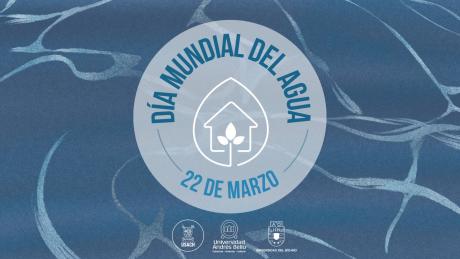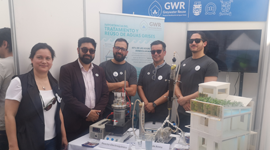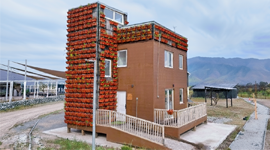You are here
World Water Day: Reuse Strategies in the Face of Water Scarcity

Since 1993, March 22 has been an international day dedicated to emphasizing the critical importance of having water fit for human consumption. This day has gained relevance as water scarcity, excess, and quality deficiencies have become crucial issues for a growing number of countries.
Chile is a country that depends heavily on water. From our huge mining industry to our growing agribusiness sector, our economy requires secure access to sufficient water in terms of both quantity and quality to meet current and future challenges and demands.
In our country, the main sources of water for agricultural use and drinking water are rainfall and snowmelt. These two sources represent more than 80% of the total water demand. Due mainly to climate change, several regions are experiencing an unprecedented level of water stress, creating uncertainty in the supply for productive sectors and populations in some areas.
Although we observed some specific situations due to the El Niño phenomenon, achieving normal rainfall — with several meteorological stations showing a surplus of water in 2023 (e.g., Santiago, with 9%, according to the Meteorological Summary of 2023) — other stations recorded significant deficits (e.g., Coquimbo, with an 86% deficit; Concepción, with a 19% deficit; and Punta Arenas, with a 26% deficit). Thus, we must consider the water crisis from a long-term perspective that requires coordinated action between the public and private sectors. This will entail updating articulation and even the structure at the governmental level to define policies and regulations that provide adequate and safe access to water through new sources, as well as the necessary treatment and reuse strategies.
Let's not forget that our territory has experienced 14 years of megadrought, and it's likely to continue.
In the context of water scarcity, properly treating and using graywater is an opportunity. Graywater is the water from bathtubs, showers, sinks, washbasins, and washing machines (excluding black water from toilets) that is usually discharged into the sewage system. However, due to their low microbial load, they can be easily and effectively treated and reused, providing access to a new water source and reducing potable water consumption at the domestic level.
Chile recently approved a modification to Law 21075, which regulates the collection, reuse, and disposal of graywater. This modification allows for the implementation of technology that treats graywater for the irrigation of gardens, sports fields, and ornamental plants; toilet flushing; car washing; and other activities that currently consume drinking water, including some industrial and silvoagricultural activities. Another challenge under development is establishing the corresponding regulations in this area, which will provide definitions and guidelines to address this urgent need. The country's water situation is expected to become critical in the coming years, and the groundwork is being laid for collaborative efforts to ensure access to this vital resource. Universities can play a significant role in developing technology for graywater treatment and reuse and in proposing public policies. Delaying necessary actions and investments beyond reasonable limits will significantly hinder the social development and economic competitiveness of our country.
The Project Greywater Reuse (GWR) Team
News
 GWR project at the Environmental Fair
GWR project at the Environmental Fair
 GWR researcher participates in major science conference in Portugal
GWR researcher participates in major science conference in Portugal
 The GWR Project has achieved the technological integration of gray...
The GWR Project has achieved the technological integration of gray...

